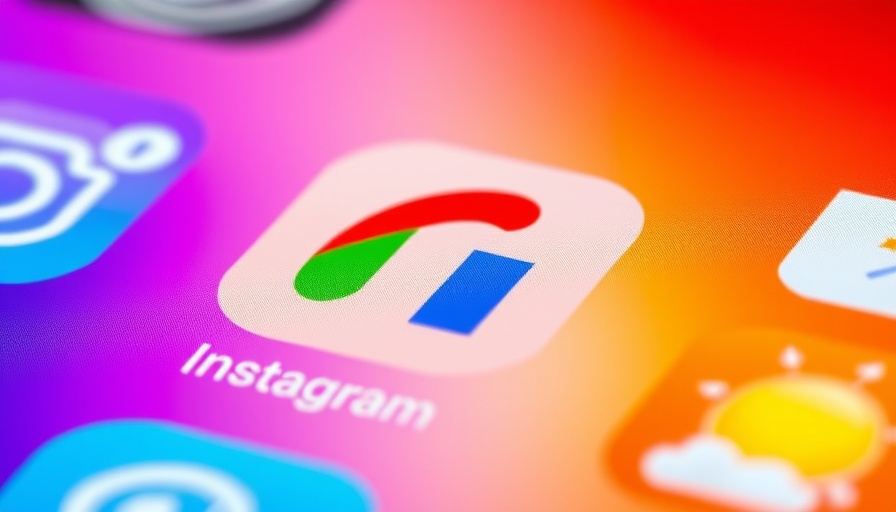
Google's Shifting Landscape: Ads and AI Integration
As Google unveils its latest updates for Search and Discover, the tech giant is making significant strides in enhancing user experience through AI-backed functionalities while addressing the prevailing concern over advertisement clutter. The rollout of the "Hide Sponsored Results" button in Search is an intriguing move, allowing users to obscure ads from the initial view, yet keeping the sponsored content present in a less intrusive format. This juxtaposition raises questions about accessibility versus visibility in today's advertising-driven model.
Examining User Comfort and Advertisement Management
The decision to implement collapsible ads, while seemingly counterintuitive for a platform that relies heavily on its advertising revenue, indicates a growing awareness of consumer behavior. Users often express frustration over cluttered interfaces, making it vital for Google to balance the prominence of ads with user satisfaction. The continuity of the 'Sponsored Results' label at the page's top, even for collapsed ads, could be interpreted as an effort to keep sponsors assured of their visibility amidst the user-centric design philosophy.
Integrating News and AI Technology: What's Ahead?
In addition to advertisement adjustments, Google is enhancing its content delivery with AI Overviews in Discover, marking the transition towards a more automated news landscape. By generating summaries based on trending topics, the updated Discover feed aims to keep users informed without requiring exhaustive scrolling. This integration, however, comes at a precarious time as many publishers face declining traffic due to AI-generated content capturing users' attention.
Implications for Digital Publishers: A Double-Edged Sword
With AI capabilities expanding into the realm of news, publishers may find themselves in a challenging position. While Google's AI features potentially enhance user engagement by providing tailored content, they also risk drawing readers away from original source material. Industry reports indicate a worrying trend where major outlets, including *The Wall Street Journal* and *Bloomberg*, have seen considerable drops in organic traffic, attributed largely to AI-driven summaries taking precedence over their articles. This trend signals an urgent need for traditional media companies to adapt to the changing landscape or risk obsolescence.
Future Directions for Google's Services
As Google continues to adapt its Search and Discover tools with a focus on user-centric AI features, the broader implications for both consumers and publishers are becoming increasingly evident. Understanding the balance between delivering valuable content and maintaining sustainable advertising revenue will be the focal point of Google's strategy moving forward. For users, this balance could enhance their search experience. However, the long-term effects on traffic and visibility for content publishers remain uncertain.
The integration of AI Overviews presents both an opportunity for users to consume content more effectively and challenges for content creators whose reach might diminish in the wake of AI automation. Navigating this intricate landscape will indeed require both innovation from platforms and adaptability from traditional publishers.
Call to Action: Stay Informed
As these updates roll out, it's essential for users and publishers alike to stay informed of the changes in content delivery and digital advertising practices. Watching how Google's adaptations influence the information ecosystem can help businesses and individuals alike align their strategies with evolving industry standards.
 Add Row
Add Row  Add
Add 




Write A Comment